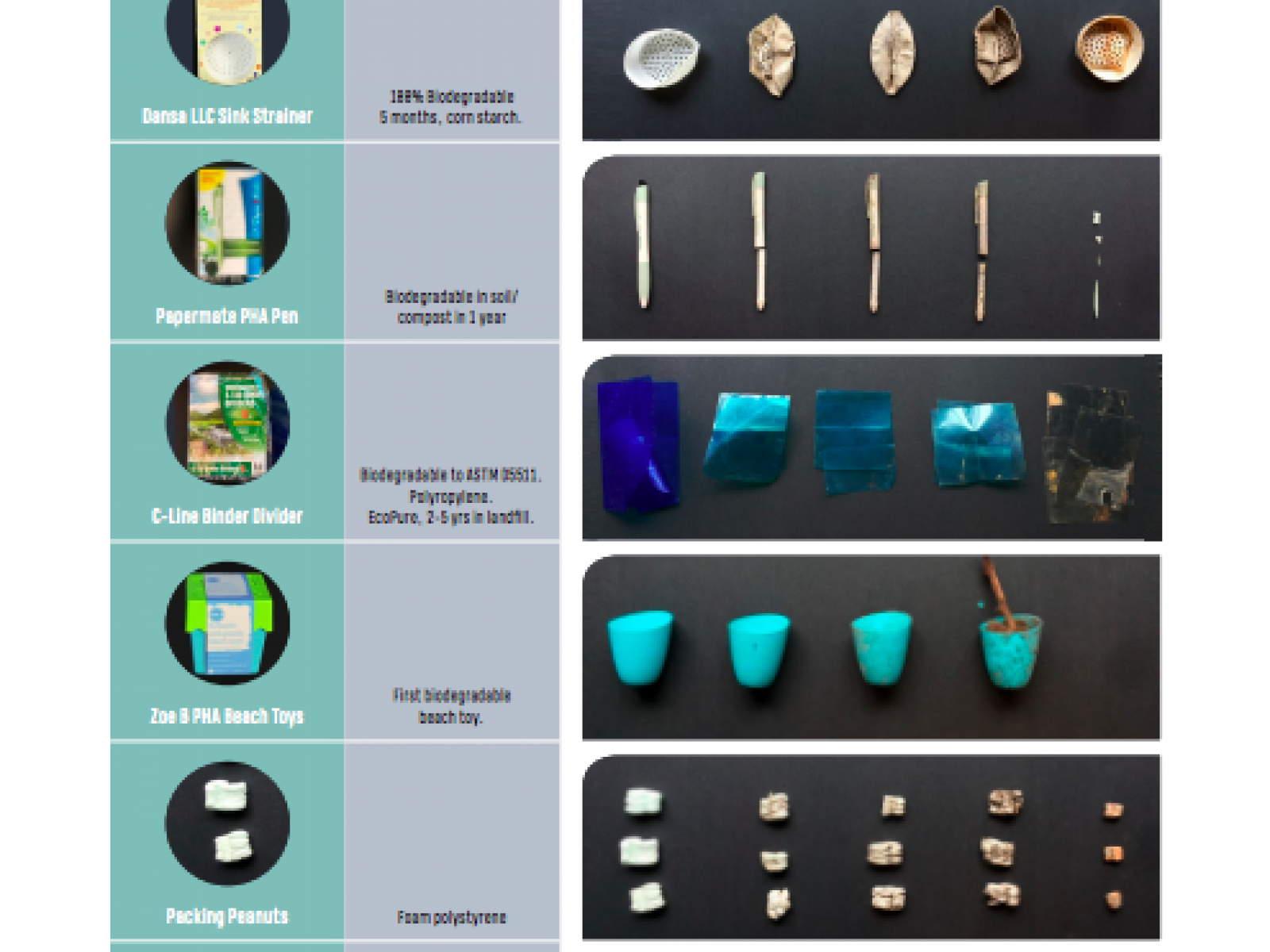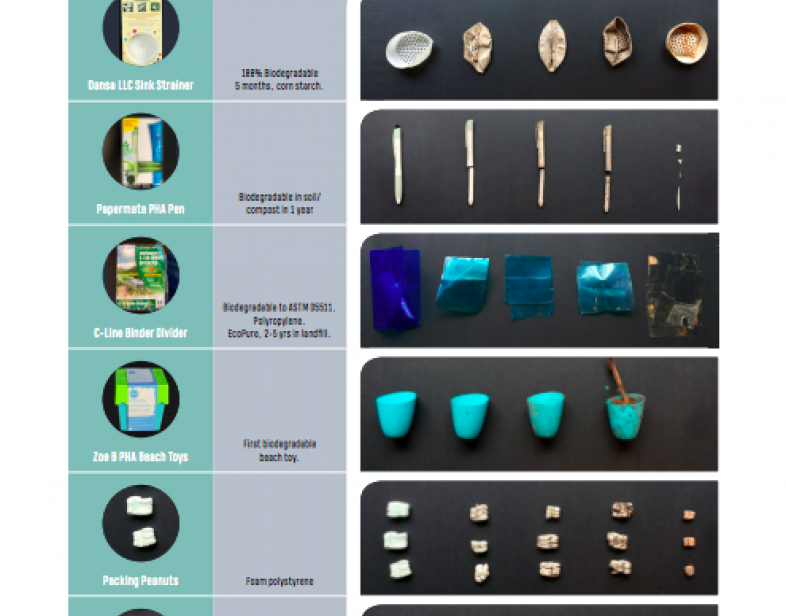An Overview Of Our Solution
5 Gyres empowers action against the global health crisis of plastic pollution through science, education and adventure. Founded in 2009 to answer a set of key unanswered questions about the scale and impact of plastic pollution on the world’s oceans: how much is there, where is it, and how can this science inform solutions? After completing 20 research expeditions across all 5 subtropical gyres, we published the first global estimate on plastic in the world’s oceans, as well as the first estimate on plastics in the Great Lakes. We are now seeking to build on these models of success, utilizing science based research to spearhead direct action that protect our waters. PHA Works is an 18 month study that will investigate the potential for a promising bio-plastic, Polyhydroxyalkanoate (PHA) as a replacement for traditional plastics.
- Population Impacted: 300,000,000
- Continent: North America
Prénom
Nom de famille
Type d'organisation
Courriel
Analyse du contexte
After 20 years of research, we have shifted from understanding the downstream impacts of plastic on our marine and freshwater ecosystems, to better understanding the source, composition, and solutions to plastic pollution closer to the point of origin. PHA works is a upstream solution to prevent plastic waste from polluting our oceans and waters.
When the public thinks of biodegradation, and terms like degradability and compostability, they imagine products behaving like a banana peel in their compost. The problem is that most bioplastics have a more complicated decomposition process. If PHA is going to be regarded as a solution, it must prove under what conditions it biodegrades completely. It must pass the “banana peel test” and biodegrade in the backyard compost bin, on the side of the road, or the marine environment on a relatively fast time scale. We aim to show what it takes for PHA to biodegrade completely and in a relatively accelerated timeframe.
Décrivez la solution technique que vous voudriez voir le public cible adopter.
If the PHA items tested in this study do in fact biodegrade in the real-world environments, then they will no lo longer contaminate our waters. With this study, we aim to influence the market and public to use PHA for materials re-design for 1) items which are of single-use and 2) for replacement as a biofilm use in horticulture. For example, in study A we will be testing Bottles, caps, films, utensils and other PHA products & packaging to understand rates of biodegradation of PHA in different environments and different shapes/sizes of products over a time scale that is similar to other natural organic waste. In Study B, we will test PHA biofilm mulch vs plastic mulch in a horticulture setting to compare productivity of seasonal vegetable crops grown under traditional plastic mulch film vs PHA biofilm in South East Florida agricultural conditions.
Décrivez votre intervention comportementale.
We will educate and motivate people using our media and communications on this study. Better Alternatives Now 3.0 is a report that we will publish, as part of a series utilizing data on waste to determine the best alternatives for fossil-fuel based plastics. BAN List 2.0 (https://www.5gyres.org/science.) both synthetized numerous National datasets to derive a list of the top 20 most common plastic trash “offenders”, and reported the result of a two year biodegradability study on common “bioplastic” products. It has been downloaded thousands of times and is referenced continuously as a clear, easily digestible visual representation of the lack of degradation of PLA in varied environments.
BAN List 3.0 will showcase the results of this PHA study, providing an enhanced visual representation of degradation in the 5 different environments over 8 months. The goal of this report is to better explain the results of this study to both consumers, manufacturers and industry representatives who desire to understand what the claim “biodegradation’ really means for PHA. Photography and time lapse videography are essential components of a broader communication strategy that we will do using traditional and social media channels. Consumers, as well as companies willing to try PHA in their products, lack confidence in the performance of bioplastics because of the lack of a clear definition behind the words “biodegradable’ and “compostable”.
Leviers comportementaux utilisés
Au besoin, veuillez expliquer comment vous avez utilisé le ou les leviers avec plus de détails.
We are using the following Levers for Behavioural Change to help reduce Water Pollution
1) Information - Communications and Building awareness. To reduce the confusion on the terms Biodegradable and Compostable of single-use products.
2) Material Incentives - PHA could serve as a substitute for a fossil-fuel derived polymer to make single-use plastic items that truly biodegrade when lost to the environment.
3) Choice of Architecture - We are taking a complex issue and simplifying the messaging in order for industry to make the right decision of designing a product that is truly biodegradable.
4) Social Influences: Finally we will communicate and be fully transparent about the products that we have used in this study, showcasing the company brands and manufacturers that are choosing to opt for the safest and least harmful polymers for materials design. The scientific credibility that 5 Gyres has will strengthen the argument to influence industry decision.
Décrivez votre mise en œuvre.
The goals of the PHA Works study are to understand rates of biodegradation of PHA in different environments and different shapes/sizes of products over a time scale that is similar to other natural organic waste. Upon completion of the study, we will create high-value media assets that demonstrate our conclusions to a wide public and private sector audience. Below is the study timeline which has just begun. We have so far raised 75% of the total project budget needs of $180,000. This project is in collaboration with Leap Lab, a fiscally sponsored non-profit based in FL.
- Month 0-1 Study start (Jan/Feb 2021)
- Acquire all materials
- Locate 6 sites
- Principal Investigator (Sean Reif) and hired research assistant design study protocols
- Month 2-7
- Begin study in each of the 6 sites
- Set up a plan for recovering items from each site after 2,4,8,16, 32 and 64 weeks, including collecting media assets.
- Month 8-16
- Complete study and write research report
- Begin media editing, writing Better Alternatives 3.0
- Month 16-18
- Complete media assets, film and editing, document preparation.
- Complete Better Alternatives 3.0
Décrivez le leadership de votre solution. Qui dirige la mise en œuvre?
Marcus Eriksen, PhD – marcuseriksen.com
Marcus is the current Director of Research and Innovation and co-founder of the 5 Gyres Institute. He has over 20 scientific publications on plastic pollution and has lead sailing expeditions around the globe to study the abundance, distribution and fate of plastics in our oceans. Marcus is also the Co-Founder of Leap Lab.
Sean Reif - Leap Lab - Principal Investigator PHA Works
Sean is a recent graduate of Virginia Tech’s Master of Natural Resources program and is a co-founder of Leap Lab. He served with Marcus in the Marine Corp. He is a resident of Florida and worked for 10 years for the Agriculture Research Services component of the USDA. Prior to that he worked in the shellfish industry in the Indian River Lagoon and was lead instructor for a year-long clam aquaculture retraining program for people in a fishing community in Volusia County through Harbor Branch.
Principaux intervenants et partenaires du programme
5 Gyres’ scientific research lead to the discovery of plastic microbeads in the Great Lakes, a finding which served as the backbone of a National campaign the culminated in Federal legislation in 2015, banning plastic microbeads from personal care products. Today, the 5 Gyres Institute works closely with the private sector to advance solutions to plastic pollution that have the greatest potential to end the harm to the environment and communities.
Leap Lab is a network of science centers committed to self-reliance and stronger communities. By working with citizens in a local context, we can discover and create smarter systems, material flows, and relationships between people that improve our lives and reduce our vulnerabilities to external stressors. Leap Lab works with local schools, businesses and community leaders to advance local projects and campaigns that deliver sustainable development.
Other partners are anonymous funders. So far we have funded 75% of the project and have begun executing it.
Qui a adopté le(s) comportement(s) souhaité(s) et dans quelle mesure?
Results only expected at the end of 2021.
Target audience to adopt such behaviors is industry and brands who are interested in using PHA for single-use plastics that truly biodegrade in natural environments.
We will measure awareness based on the number of downloads and views from our media content (time-lapse videos) and BAN List 3.0 report downloads.
Quel a été votre impact sur la pollution de l'eau?
If our research finds PHA products to truly biodegrade in natural enviroments they were placed in during the research study (urban, coastal, rural environments) and also in horticulture settings in Florida, then we would conclude that PHA is a safe item that would in fact decompose in nature and not contaminate our oceans and waterways, nor would any product leach in runoff from our soils.
Quel a été l'impact de votre solution sur les problèmes d'équité?
This research project does not address any equity challenges
Quels étaient les avantages sociaux ou communautaires de votre solution?
Social and community benefits will be a reduction in plastic pollution. If PHA is used in the design of single-use plastics, and if the items are lost to the environment due to mismanaged waste practices, then the products would actually decompose, creating less toxic waste, and cleaner neighborhoods.
Quels ont été les co-bénéfices environnementaux de votre solution?
Less leaching of plastic organic pollutants (POPs) in our soil
Less toxicity overall in our environments
Reduced amounts of single-use items contaminating our food chain (uptake from animals)
Quels ont été les avantages connexes de votre solution par rapport au développement durable?
If PHA is truly biodegradable, then sourcing the bacteria using carbon for its production could alarm concern. The carbon sources to ferment such bacteria and produce PHA, would need to be Hemicellulose hydrolysates and crude glycerol in order to have a sustainable production of PHA. Integration of PHA production within a modern biorefinery is therefore proposed to produce biofuels and bioplastics simultaneously to offset production costs of biofuels (Jiang et al. 2016)
Durabilité : Décrivez la durabilité économique de votre solution.
At this time, the project has raised 75% of total budget to begin its execution. We have gathered materials from collaborating brands and sourced from the manufacturers. The funding is covered the staff time of researchers for 1 year, lab analysis, and marketing expenses. Once the study and communications of findings is complete, there is no further funding required.
Retour sur investissement : Combien a coûté la mise en œuvre de ces activités?
The total project budget is approximately $180,000. If we can achieve our expected outcomes of influencing the market to lead to product and materials design change, then our ROI is extremely high as we can help shape the landscape of the negative impacts of mismanaged/lost to environment plastic waste forever.
Comment pourrions-nous reproduire cette solution ailleurs avec succès?
We have successfully demonstrated a glimpse of this project during our case study analysis on bioplastics. Results from this can be seen in our BAN List 2.0 report. However, the project tested other types of bioplastics and only tested one PHA product. https://static1.squarespace.com/static/5522e85be4b0b65a7c78ac96/t/5aa0618a8165f553aa68b8b8/1520631281665/5+Gyres+BAN+List2.pdf

